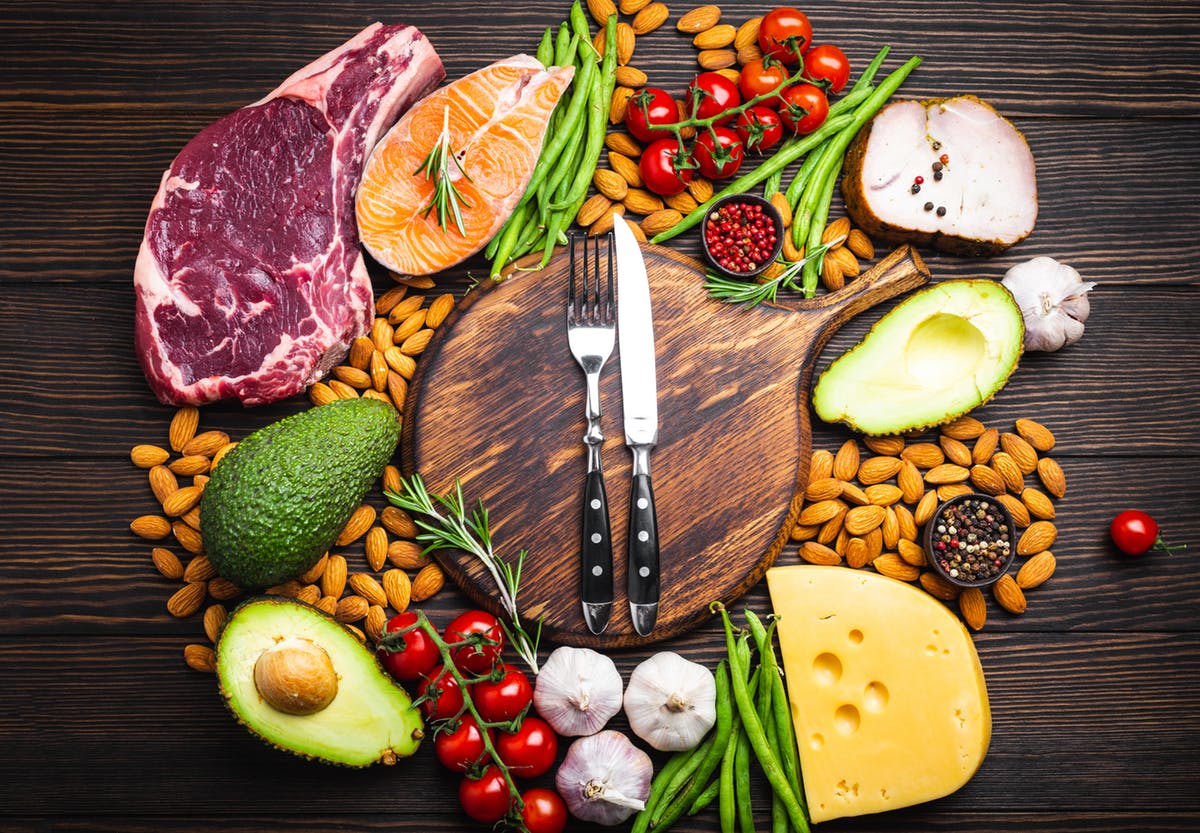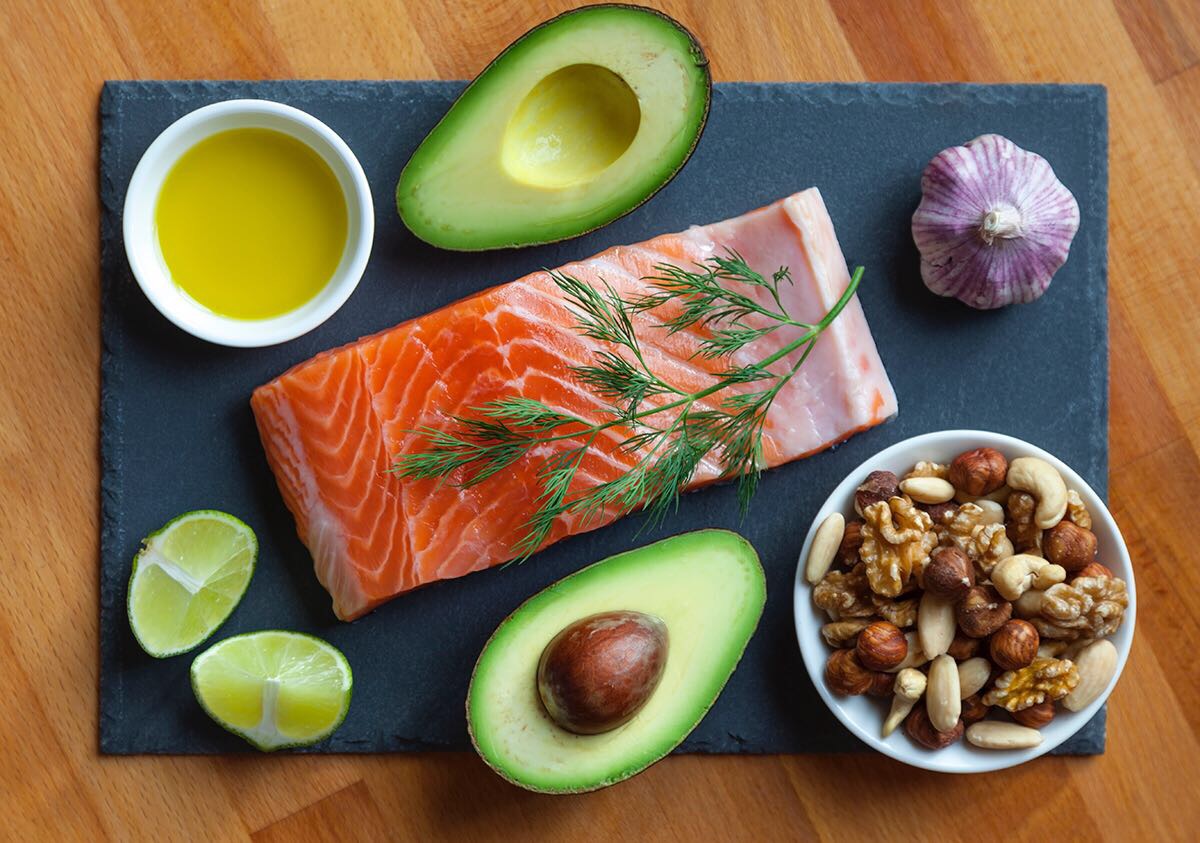One of the most popular and interesting diets of recent times is the ketogenic diet.
The food groups that are the main energy source of a diet are called macros. These macros are fats, proteins and carbohydrates.
Since the ketogenic diet is a high-fat-based diet, most of the calories consumed daily come from fats.
Macro values, that is, daily calorie values should be adjusted as 70% Fat, 25% Protein, 5% Carbohydrate in the ketogenic diet.

What is the Ketogenic Diet?
Cells primarily use blood sugar from carbohydrates as the body’s main source of energy. When there is no sugar from nutrients in the blood, cells begin to produce energy by breaking down stored fats into ketones.
This phenomenon is called ‘ketosis’. This is exactly where the ketogenic diet gets its name. The body’s use of stored fats instead of sugar as an energy source occurs when you eat less than 50 grams of carbohydrates a day for a certain period of time.
The ketogenic diet drastically limits the consumption of carbohydrates and instead advocates increasing the amount of fat and protein. In this diet, all grains, including bread, and carbohydrate-containing foods such as pastries, pasta, rice, sweets, and even fruit are eliminated from the diet.
In contrast, the amount of fat and protein in the diet is increased with foods such as eggs, yogurt, meat, fish, butter and olive oil. As a result, the body begins to burn fat rapidly to provide energy.

How to Follow a Ketogenic Diet?
- When following a ketogenic diet, the body needs to switch to the mode of meeting the energy it needs from fats as soon as possible.
- The most important stage of the diet is to completely eliminate carbohydrates from the diet. It is essential to consume no more than 20 grams of protein per day according to some sources and no more than 50 grams according to others.
- When protein is consumed in excessive amounts, the excess can be converted into glucose by the body. In this case, the body cannot switch to fat burning mode. For this reason, it is necessary to pay attention to the excess protein in the ketogenic diet. Protein intake should not exceed 25% of daily calorie consumption.
- It can take some time to change this perception, as we are always engraved in our minds to stay away from fatty foods while dieting. But the biggest thing about the ketogenic diet is that the main energy comes from fats. As long as it is healthy and organic, you can consume plenty of fats and fatty foods.
- One of the diets where water consumption is most important is the ketogenic diet. Because when the body uses fat as energy, there is a water shortage. For this reason, you should drink at least 10 glasses of water a day.
- When starting a ketogenic diet, you may experience occasional insulin triggers, especially during the acclimatization phase. In this case, if you do not turn to snacks more than necessary, your weight gain will be easier.
- Even a 30-minute walk a day can help control weight and stabilize blood sugar levels.

How do you know if the diet is working?
After you have been on this diet for a while, the body will start to use its daily energy needs from stored fat. The best way to tell is to use ketone strips, which are available from pharmacies. Ketone strips give an idea of this by showing an increase in the amount of ketones in the urine.
The substances released by ketones, which the body uses as an energy source, are excreted from the body through urine. For this reason, the frequency of urination also increases. In short, going to the toilet more often than before shows that the diet is working.
As fluid excretion from the body becomes more frequent, dry mouth will increase. This also means that the body needs electrolytes. Electrolytes are very important for cardiovascular health. For this reason, consuming salty things like pickles can balance this need as long as it is not overdone. Electrolyte levels can also be balanced by consuming healthy salts such as Himalayan salt and taking potassium and magnesium supplements.
Acetone is a type of ketone that is excreted from the body through breathing. This means that the cause of bad breath is that the body is getting its energy from fats.
One of the most important indicators of a ketagonic diet is the decreased hunger and increased energy. Realizing that you don’t feel hungry as often as you used to and that the food consumed keeps you full for longer is one of the signs that this diet is working.

What You Need to Know About the Ketogenic Diet
In fact, it would be more correct to apply the ketogenic diet as an eating style rather than a diet. Because the body is used to getting its energy from carbohydrates first. Ketogenic nutrition, on the other hand, makes the body lose weight by taking energy from fat. Therefore, both you and your body need to adapt to this process. Ketogenic diet is also referred to as ketogenic nutrition in some sources.
In order to follow a ketogenic diet, you should first learn the foods you can and cannot consume;
Foods You Can Consume in Ketogenic Diet: Healthy fats such as butter and olive oil, all nuts, milk and dairy products, meat varieties and eggs.
Forbidden Foods on the Ketogenic Diet: High carbohydrate foods such as bread, pastries, pasta, rice, all fruits, unnatural fruit juice with additives, honey, molasses.
